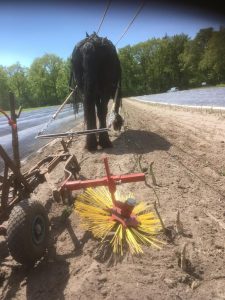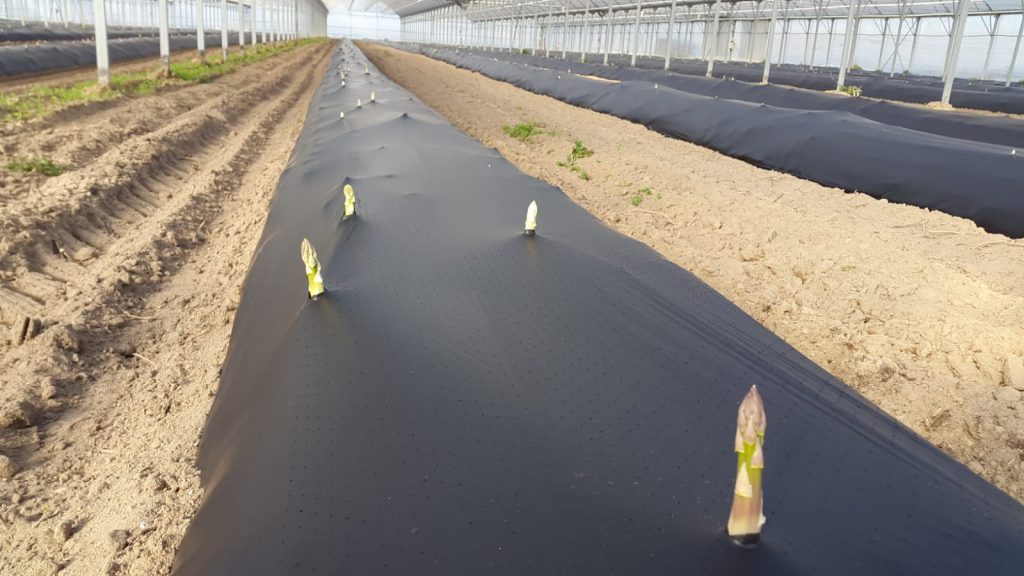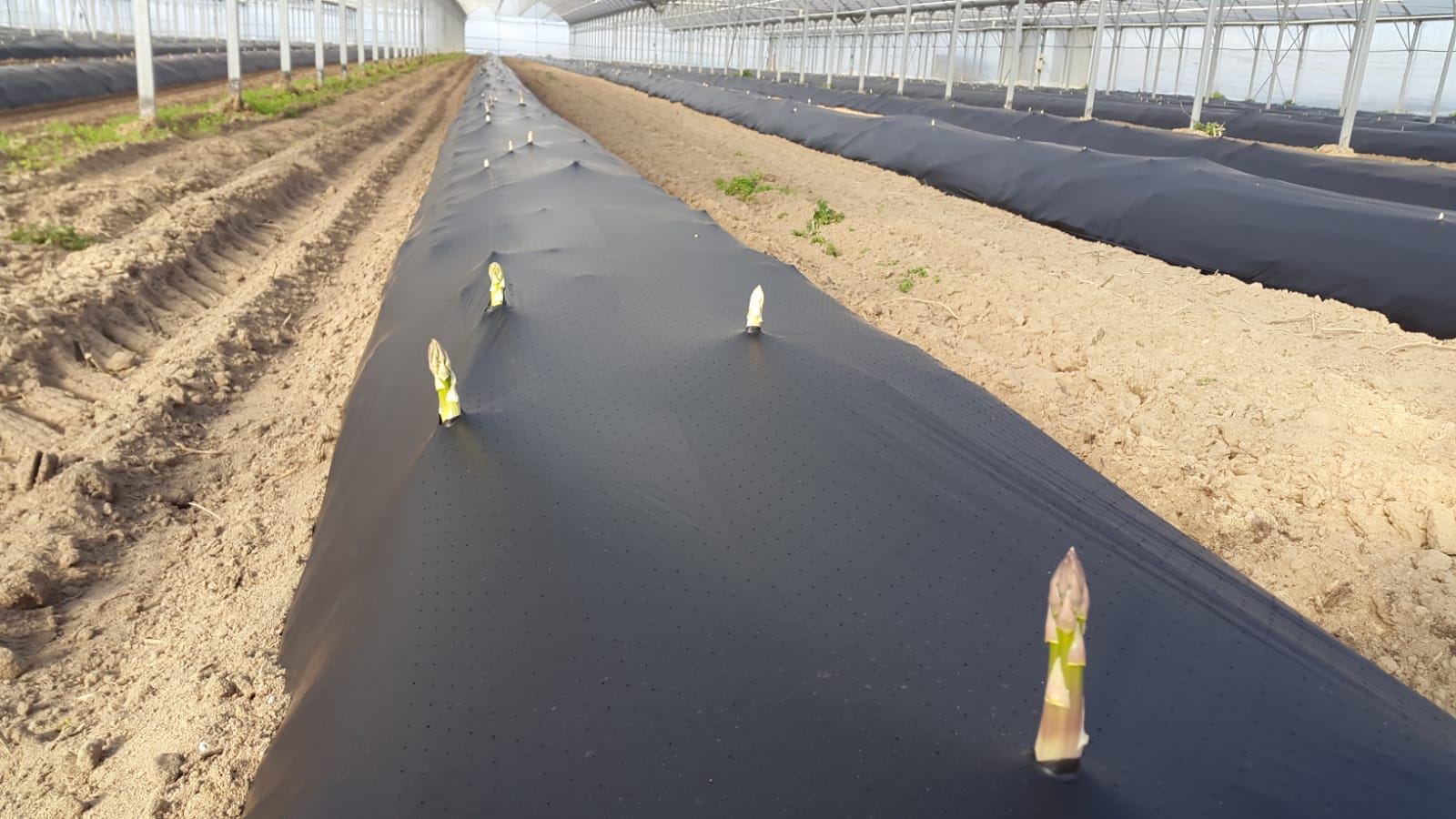Taking risks with organic asparagus
As with all other vegetables, the production and consumption of organic asparagus is growing all over the world, especially in the European market, which is experiencing particularly strong growth in this segment. The development of surface areas has accelerated over the last 5 years, as farmers convert to organic agriculture. However, as seen in other vegetable crops, there is a wide range of asparagus growing areas, from one hectare for some producers to a hundred hectares for large farms.
Tested and developed by organic producers

For the vast majority of asparagus producers, their practices of organic farming are motivated by their beliefs and commitment to the environment and consumer health. But the growing market opportunities and the value of organic products are also factors (see box). Nevertheless, there are also many obstacles to production. There is a certain level of risk-taking in organic farming, especially in protecting crops against diseases and pests, and there is no margin for error. Anticipation and prevention are the keys to a successful organic asparagus crop. Organic asparagus producers are also pioneering new techniques, which are sometimes taken up by conventional (non-organic) producers to eliminate phytosanitary treatments. One such example is the burning of weeds to avoid using herbicides. Organic degradable plastic mulch is also used to prevent competition from weeds. Similarly, the generalised use of drip feed ducted irrigation is aimed at reducing water consumption and limiting the spread of weeds. New soil-working equipment, such as rotating brushes to destroy weeds at the foot of asparagus, are also being tested and developed by organic producers.
Plant crop in good conditions
The ban on synthetic chemicals has required research into other means of pest and disease control. The use of auxiliaries such as nematodes to control asparagus beetle larvae is one line of development. Commercial biocontrol solutions and elicitors are also being put in place to protect crops. In addition to technical solutions, organic farming also calls for more monitoring of the plots and more correlation between the different leavers of production: varietal choice, crop implantation, fertilisation, irrigation, etc. (see AW No. 2) so as to plant the crop in the most favourable growing conditions and limit the risk of diseases and pests. For some producers, organic farming serves as a stepping-stone in the transition to biodynamic agriculture (see Asparagus AW No.1).
Benefits and Constraints of Organic Culture
The pluses
Personal benefits (production philosophy, respect for the land and life)
Financial benefits (€1.5-€2 more per kg for the producer)
Responding to strong consumer demand
Pioneering production techniques
The minuses
The lack of synthetic treatments forces farmers to anticipate all kinds of crop problems, such as fungal problems, pest attacks and weed control.
Although nurseries are making efforts to quickly increase the supply, there is currently a lack of availability of organic plants both in terms of the quantity of crowns and varietal diversity.
Strong tensions between the availability and price of inputs, especially organic matter.























